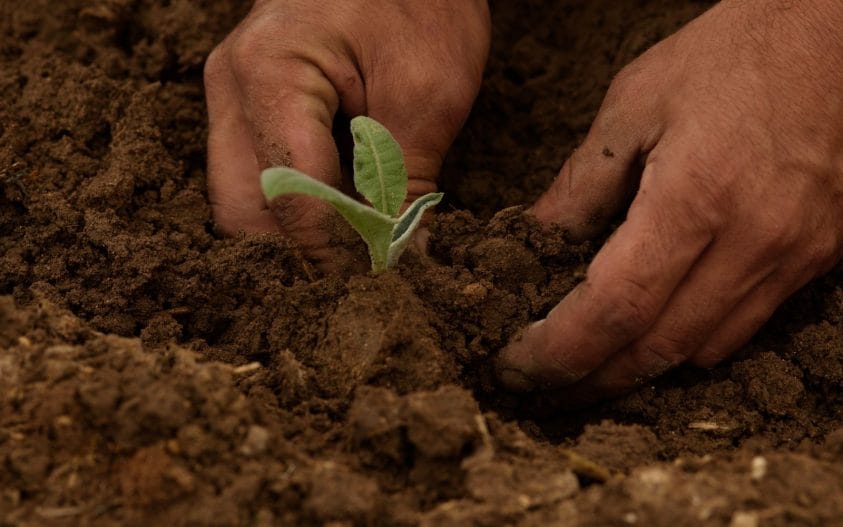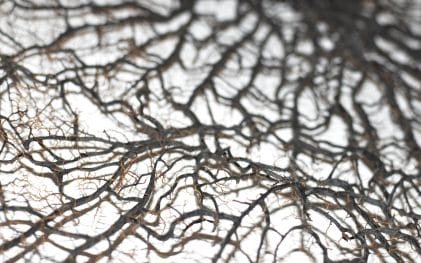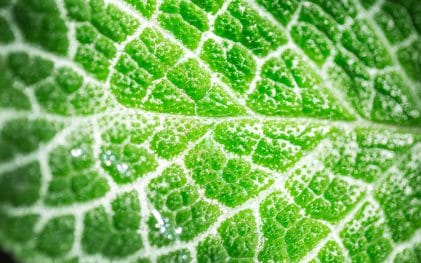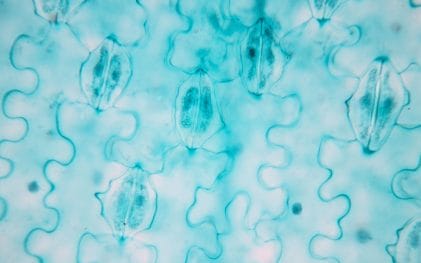Articles
What Is Crop Coefficient and Is It Essential for Irrigation Efficiency?
To optimize irrigation without excessive water use, the actual water lost through crop evapotranspiration is replaced during watering. The crop coefficient provides information based on crop characteristics that can be used in models for indirect estimation of actual crop evapotranspiration. Crop coefficients are specific for crops, cultivars, regions, local climate, soil, and agricultural management practices.… Continue reading…

Additional reading
What is Root Architecture?
The root system architecture is defined using root morphological, topological, and geometric parameters. Two classification systems developed by Yen et al. (1987) and Fitter et al. (1991) are widely used. Several other classifications for root architecture also exist. Root system forms vary between and within species and are based on the plant’s soil conditions at… Continue reading…
How Do Stomatal Traits and Transpiration Efficiency Impact Crop Yield?
Stomatal traits must meet mesophyll demand for CO2, conserve water, and maintain optimum leaf temperatures for higher transpiration efficiency. The stomatal traits associated with transpiration efficiency include size, density, patterning, guard cells, and responsiveness to environmental factors. So far, no crop breeding effort using stomatal traits has been able to prevent water loss/ transpiration without… Continue reading…
How Does Plant Architecture and Water Use Efficiency Impact Crop Yields?
The effects of different plant architectures on population-level evapotranspiration are not well-known. Plant architecture influences population structure, thereby altering the microclimate. Soil water use can be reduced through shading to minimize evaporation and by reducing canopy temperature. Around 97-99% of the water absorbed by plants is lost as transpiration. As water shortages are increasing and… Continue reading…
How Does Canopy Cover in Deserts Impact Soil, Biodiversity, and Urban Climates?
Vegetation in deserts is patchy and acts as islands of resources. Plant canopy can increase soil fertility, moisture, and microbial diversity. The tree canopy has several benefits for urban settlements in deserts, such as reducing temperatures, air pollutants, and carbon emissions. Deserts make up 33% of terrestrial ecosystems and are present on nearly every continent. They… Continue reading…
What Are the Key Root Traits to Improve Transpiration Efficiency?
Root traits are one of the main factors influencing transpiration efficiency or the yield produced per unit of water transpired. The root traits to improve transpiration efficiency are rooting depth, root: shoot ratio, density, root hairs, and mucilage. No root architecture type suits all species or even all hydrological conditions. Transpiration efficiency is used to… Continue reading…
The Root Report
We’re excited to share the latest edition of the Root Report — The guide to recent breakthroughs in root science and its real-world applications. This report compiles the latest research on how plant roots impact ecosystems, agricultural systems, and even methane emissions in peatlands. It also highlights innovative technologies, like in-situ root imaging tools, that… Continue reading…











